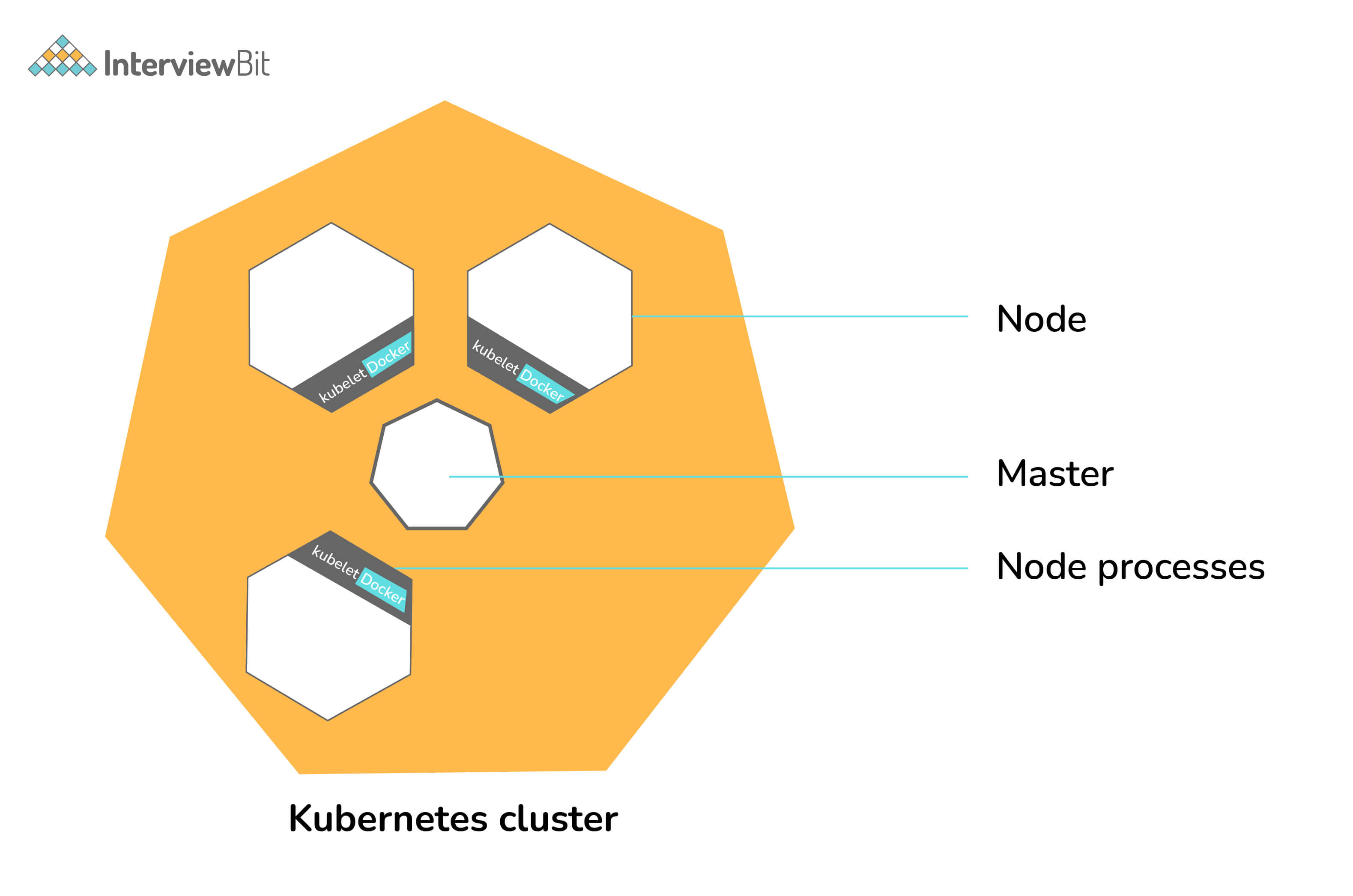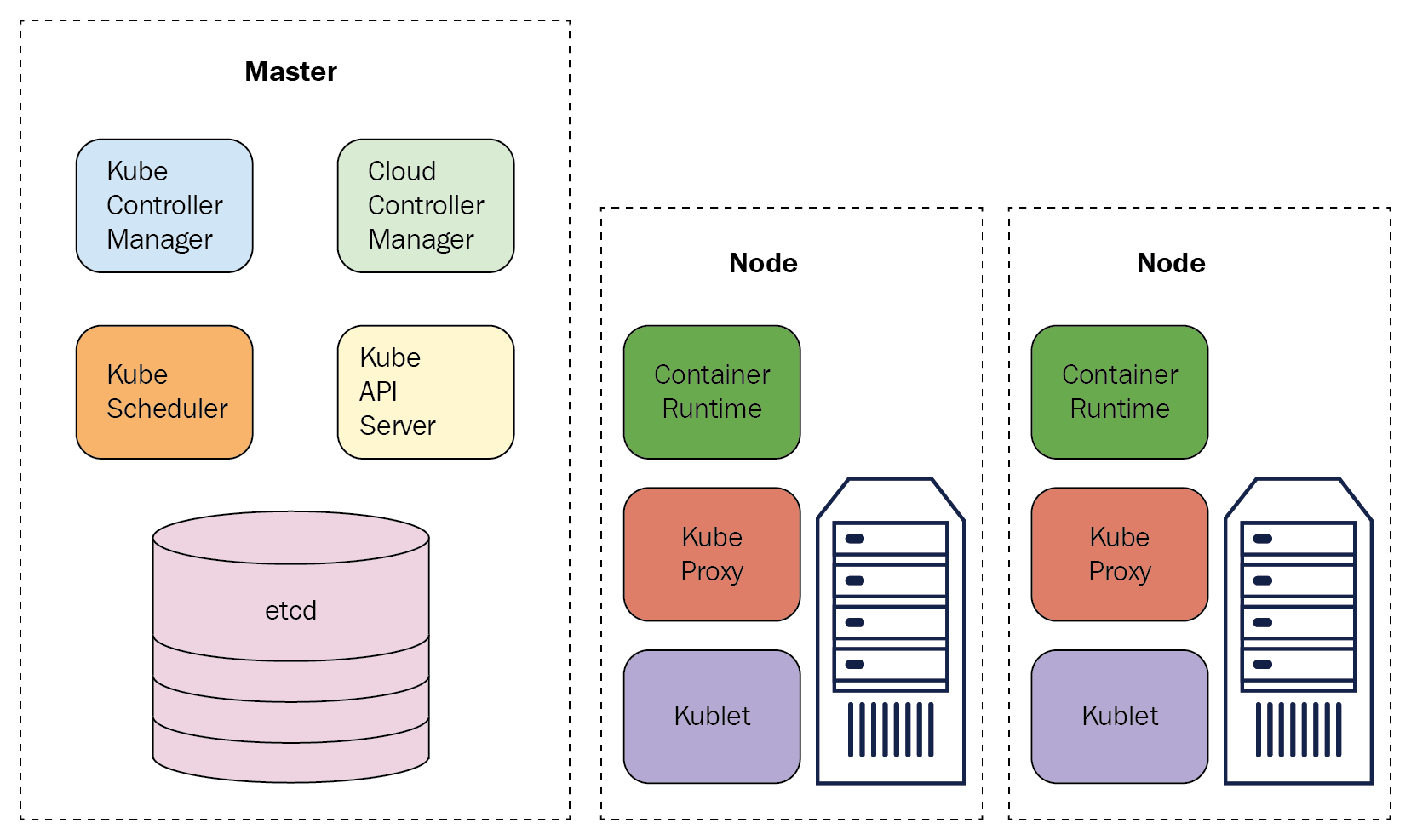
- #Kubernetes docker for mac multiple services using port 80 for mac#
- #Kubernetes docker for mac multiple services using port 80 install#
You can configure options on the Docker daemon that determine how your containers run. If you haveĬontainers that you wish to keep running across restarts, you should consider When your proxy configuration changes,ĭocker restarts automatically to pick up the new settings. You can see from the above output that the HTTP_PROXY, http_proxy, and PATH=/usr/local/sbin:/usr/local/bin:/usr/sbin:/usr/bin:/sbin:/bin When you start a container, your proxy settings propagate into Proxy settings to, Docker uses this proxy when Propagates these to Docker and to your containers.
#Kubernetes docker for mac multiple services using port 80 for mac#
To a location that already has one, you get a prompt asking if you want to useĭocker for Mac detects HTTP/HTTPS Proxy Settings from macOS and automatically You can also move the disk image location.

Specify the Disk image location of the Linux volume, where containers and images are stored. Swap: Configure swap file size as needed. To increase RAM, set this to a higher number Memory: By default, Docker for Mac is set to use 2 GB runtime memory, allocated from To increase processing power, set this to a higher number On the Advanced tab, you can limit resources available to Docker.ĬPUs: By default, Docker for Mac is set to use half the number of processors available
#Kubernetes docker for mac multiple services using port 80 install#
Start Docker when you log in: Uncheck this option if you don’t want Docker to start when you open your session.Īutomatically check for updates notifies you when an update is available.Ĭlick OK to accept and install updates (or cancel to keep the current $ docker image ls $ docker image rm nginxĬhoose -> Preferences from the menu bar and configure the runtime options described below. $ docker container ls -a $ docker container rm webserver

$ docker container ls $ docker container stop webserver


 0 kommentar(er)
0 kommentar(er)
